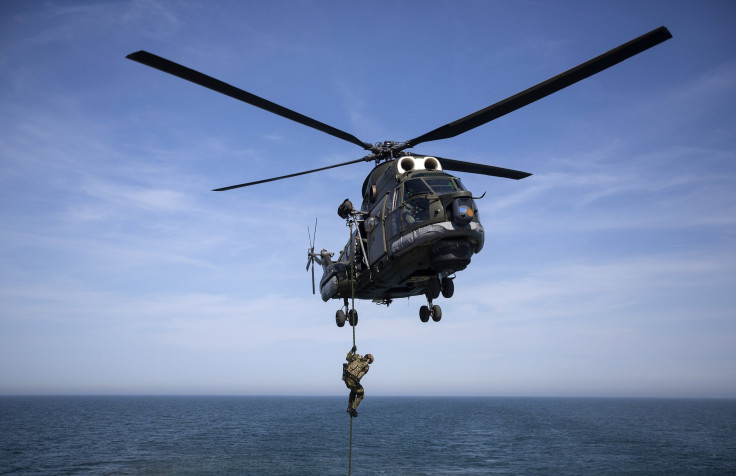US Navy Plans To Use Robots To Train Marine Forces

The U.S. Navy has unveiled new plans to employ robots to train marine forces in the future. The Office of Naval Research (ONR) on Tuesday launched a new experiment that it hopes will help create robots and other human surrogates for military training purposes.
As part of the study, being carried out at the University of Central Florida, the researchers have placed a human surrogate, which will greet and interact with people passing through the lobby of the university's Institute for Simulation and Training. The study with the robot, which will be controlled by a human operator in another location, will continue for several weeks.
“Marine Corps training concepts continue to merge virtual and live components to create the most realistic, effective and affordable training for Marines,” Peter Squire, a program officer for ONR, said in a statement. “The way people react to and interact with the different surrogates in this study is crucial to understanding how we can improve our military training systems.”
According to the Navy, the study’s results will be used by researchers to demonstrate the use of surrogates in more complex situations that will require a greater amount of human-machine interaction.
Officials said the experiment is part of ONR's Human Surrogate Interaction program, which will focus on how humans interact with virtual, physical and other types of surrogates. The findings are also expected to help determine how best to use robots to train infantry and other forces in the U.S. Marine Corps at a state-of-the-art military training facility at Camp Pendleton in California.
Another objective of the new ONR study is the development of a system called “Avatar Mediated Interactive Training and Individualized Experience System” (AMITIES), which enables actors to “inhabit” and control various types of robots.
According to the researchers, AMITIES combines voice modulation, artificial intelligence, network protocols and human control that can pave the way for new military training possibilities. “If human role players are not available because of cost or other reasons, this research will help us understand the type of surrogate to replace them with so that the level of training is not diminished,” Squire said in the statement.
The U.S. Navy is set to demonstrate new military gear at the Naval Future Force Science and Technology Expo, which is scheduled to be held on Feb. 4 and Feb. 5 in Washington. The Navy will showcase many state-of-the-art technologies at the event, including a bipedal humanoid robot designed to assist sailors, a fire-fighting robot and a helicopter drone, RIA Novosti reported.
© Copyright IBTimes 2025. All rights reserved.






















